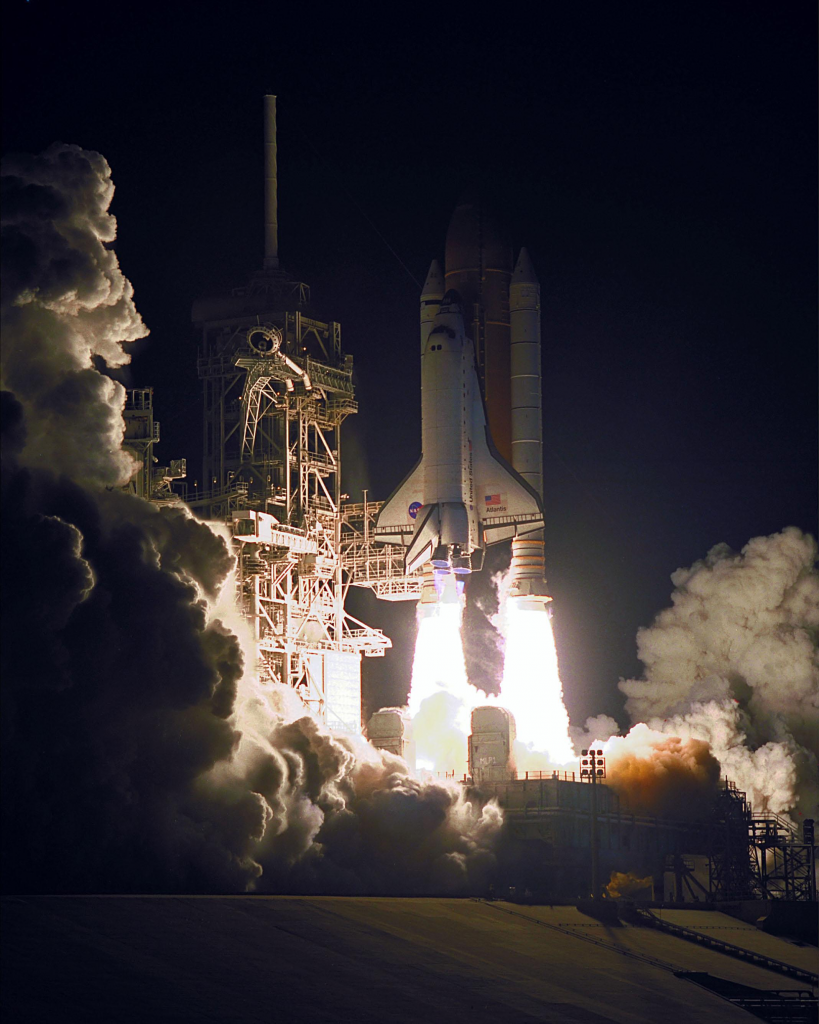
19 May 2000, this was the first time the OMS-E engine (visible without exhaust plume) went to space. Credits: NASA
The Artemis programme is humankind’s next jump forward to the Moon, taking us closer to the stars than we’ve ever been before. As Artemis II prepares for launch next year, and the astronauts that will fly on it are announced today, it’s interesting to consider the Orion service module’s rocket design and legacy as it uses an engine from another historic Space Shuttle, the Atlantis.
The first European Service Modules for Orion are using Space Shuttle engines of the type OMS-E type. These are indicated in the image below with red arrows. For the Artemis II mission the engine chosen comes from Space Shuttle Atlantis and has flown to space six times already between 2000 and 2002.

The first of these missions, STS-101, and the first time the OMS-E engine went to space, was when the Space Shuttle Atlantis launched on 19 May 2000 on a 10-day mission to bring supplies to the International Space Station. This flight was the first to fly with a so-called glass cockpit, Artemis II will be the first glass cockpit mission to fly around the Moon with an actual human to operate the cockpit.
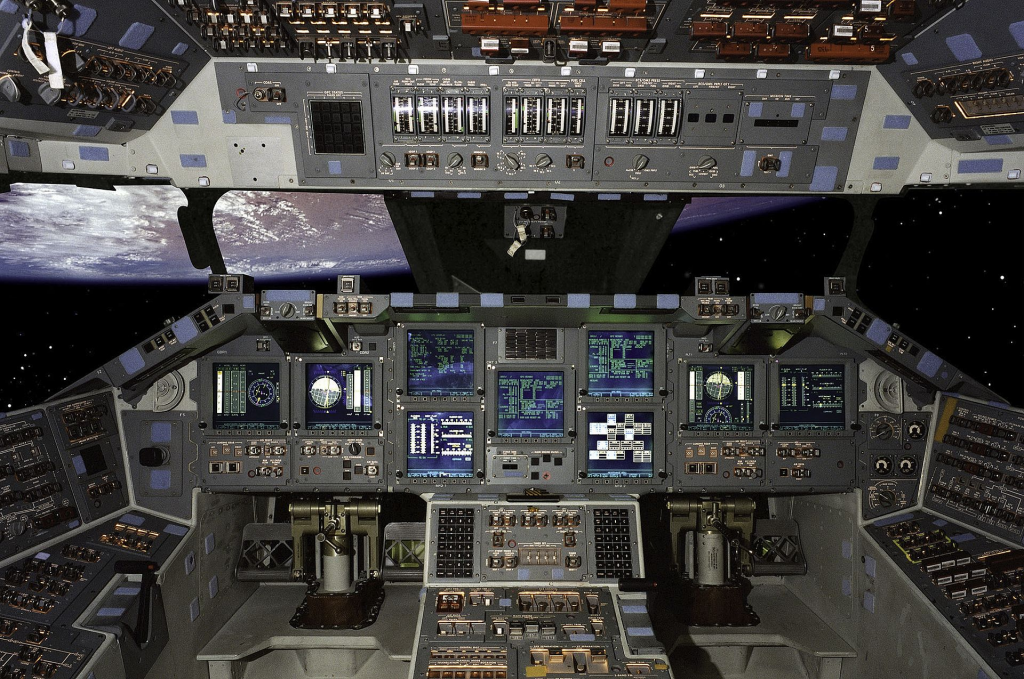
A later mission, confusingly numbered STS-98, was launched on 7 February 2001 to install the NASA Destiny laboratory module to the International Space Station. Destiny is significant because it is NASA’s first permanent orbital research station since Skylab was vacated in 1974. One of the coolest features of the laboratory is its 51-cm, telescope-quality glass window which is used for Earth science observations. Imagery captured from the window has given geologists and meteorologists the opportunity to study avalanches, fires, floods and ocean events such as plankton blooms in novel ways. It was one of the favourite observation windows for Thomas Pesquet on his second spaceflight Alpha where he took many of his amazing photos. During his first mission, Proxima, the window was reserved for a scientific experiment.
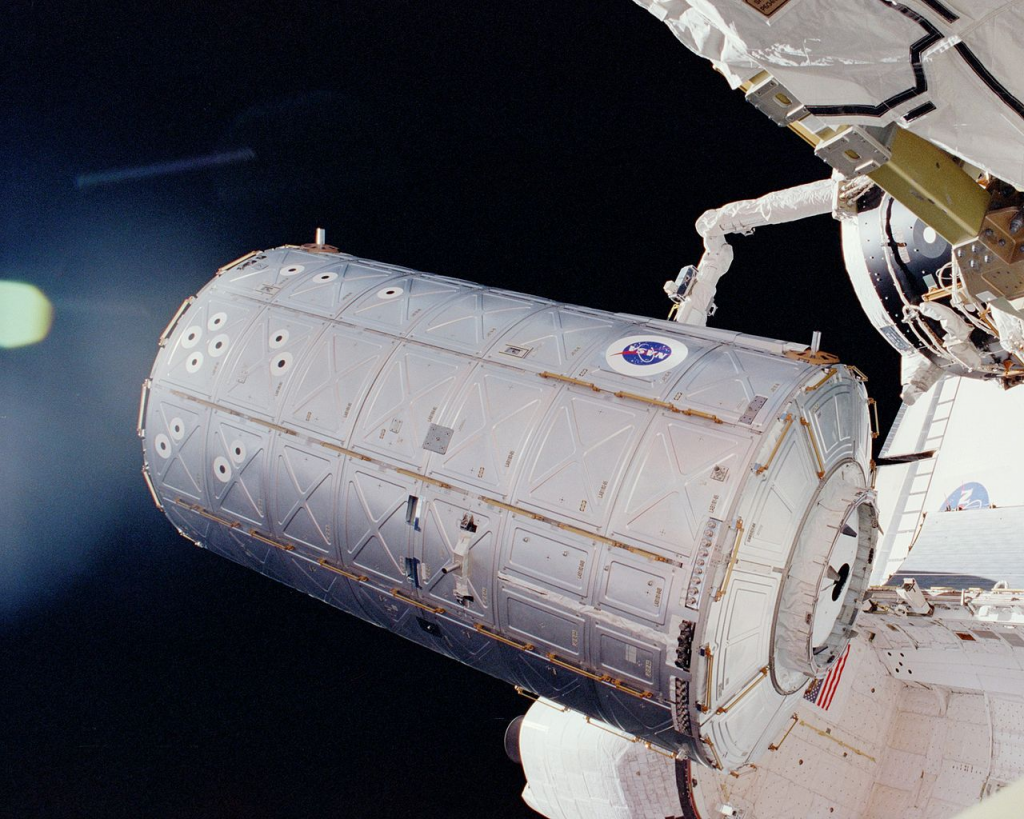
A third mission to highlight is STS-104, which was launched on 12 July 2001. Its primary objective was to install the Quest airlock, a module consisting of two cylindrical chambers connected by a bulkhead and hatch. This airlock is the primary path for spacewalk entry and departure for US spacewalks.

These three missions are just the highlights of the Atlantis missions that used the OMS-E engine that will return to space next year as part of the European Service Module for Artemis II. The complete list shows a busy back and forth over just two years :
| Launch date | STS mission | Orbiter |
| 19 May 2000 | 101 | Atlantis |
| 8 September 2000 | 106 | Atlantis |
| 7 February 2001 | 98 | Atlantis |
| 12 July 2001 | 104 | Atlantis |
| 8 April 2002 | 110 | Atlantis |
| 7 October 2002 | 112 | Atlantis |
The engine was stored for 20 years before being moved to Bremen, Germany, where it was installed on the second European Service Module and tested to satisfaction. It flew back across the Atlantic Ocean to return to the Kennedy Space Center from where it was launched six times.
Re-installation
Last month the engine nozzle, that travels separately for shipping convenience, was re-installed on the European Service Module-2 for its final voyage beyond the Moon.
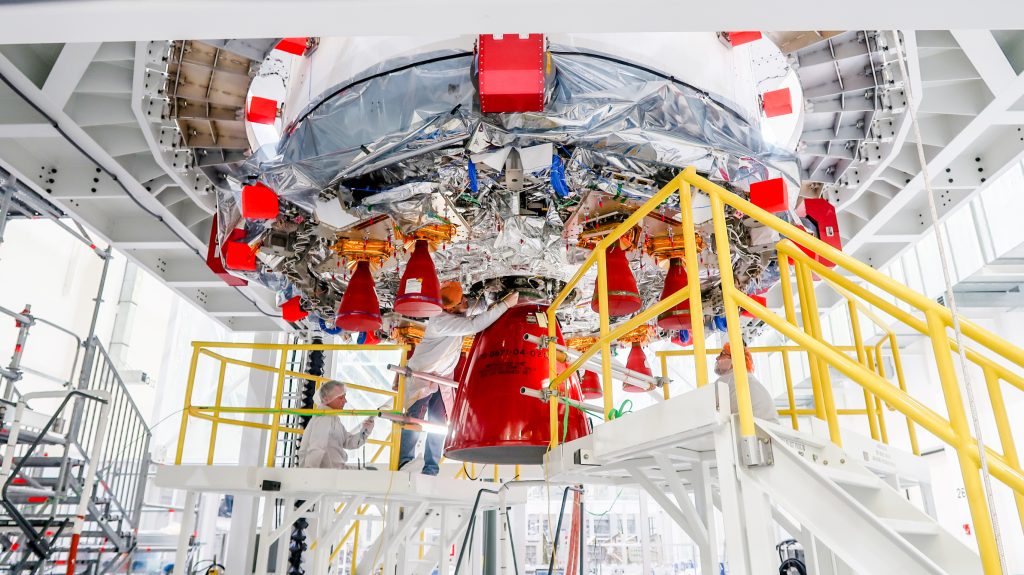
When the Orion spacecraft embarks on that journey, it will be comforting to know that such a legendary piece of hardware will be there to assist it, helping humankind in its journey to the stars.


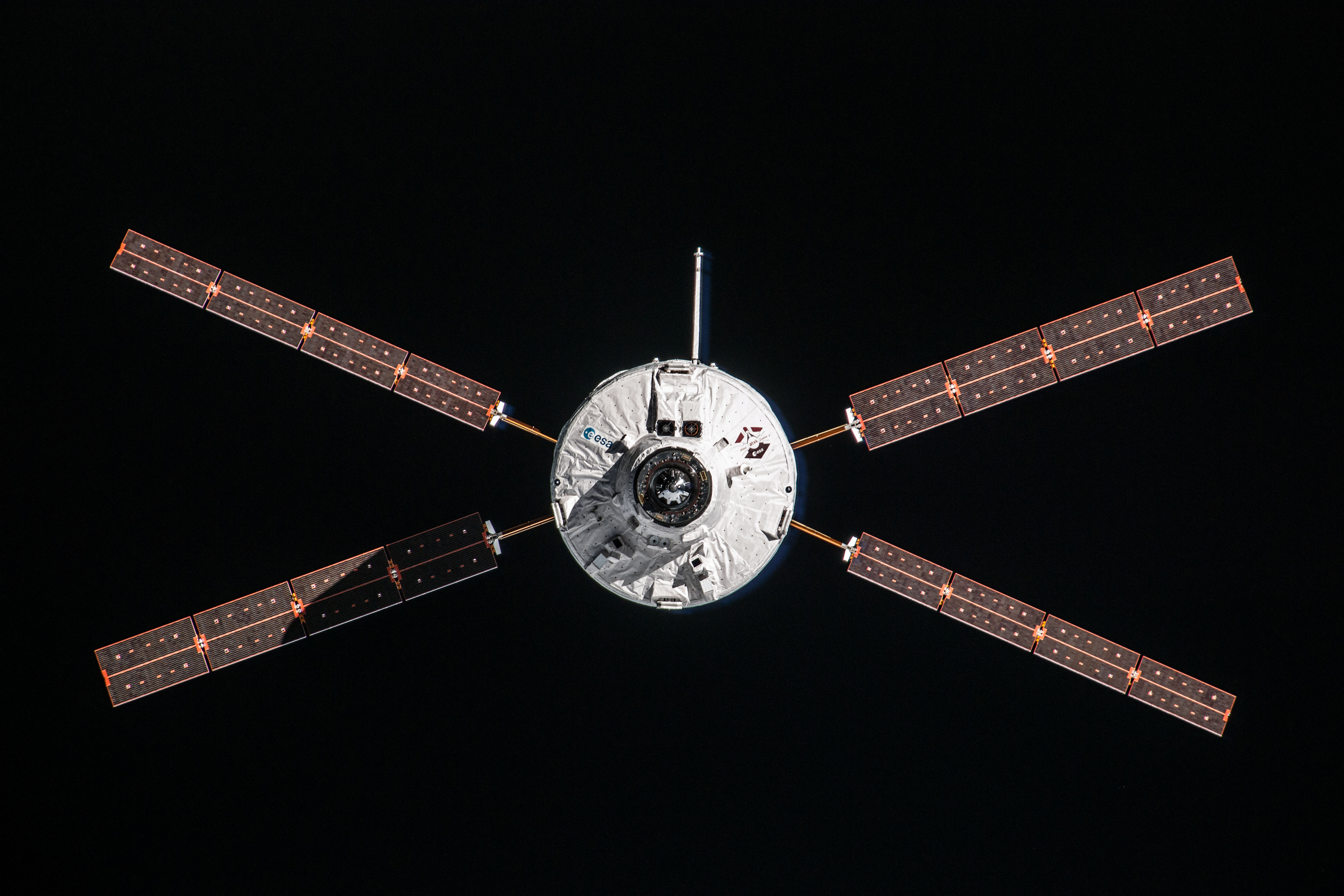 Automated Transfer Vehicle page
Automated Transfer Vehicle page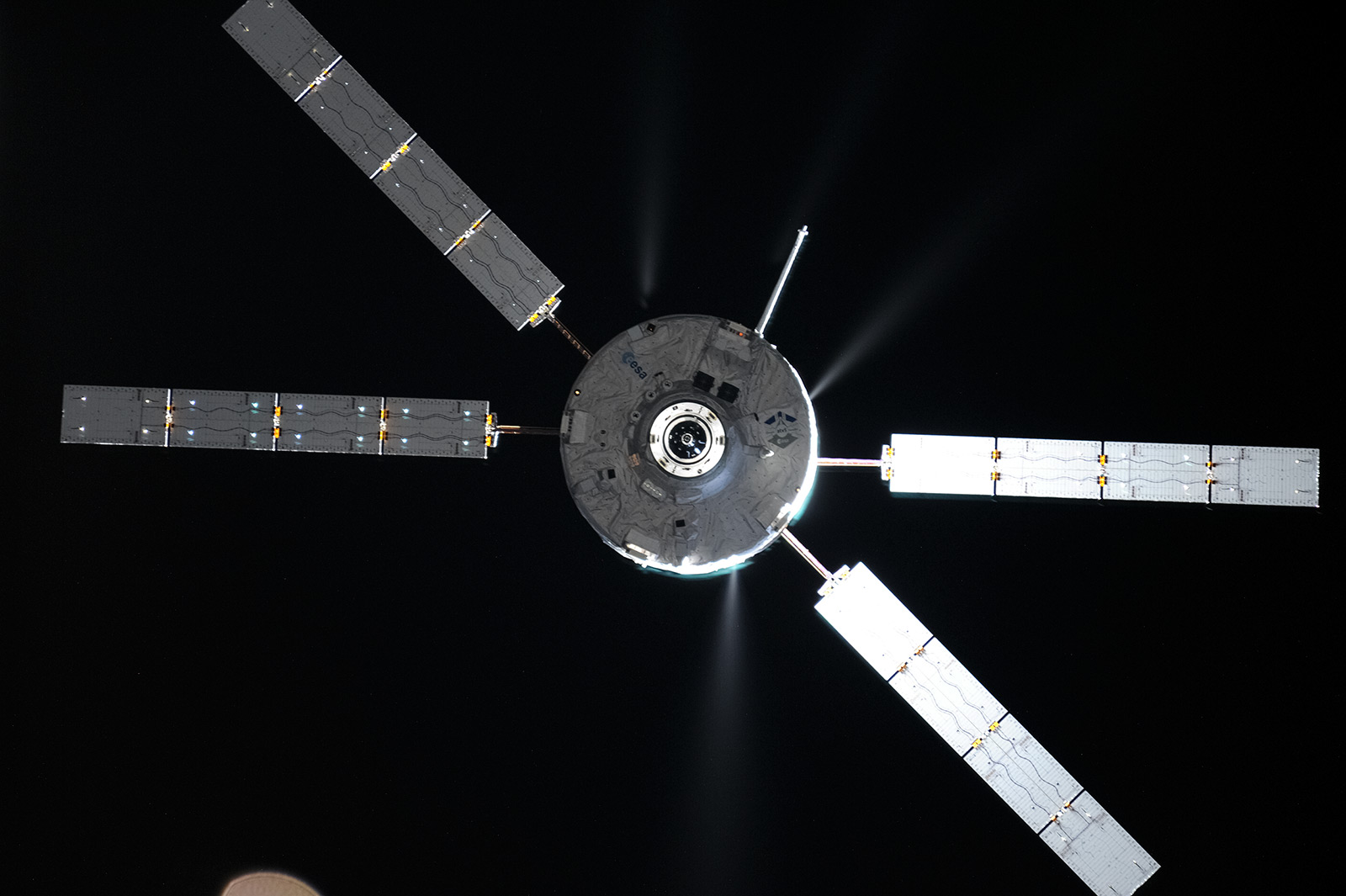 ATV blog archive
ATV blog archive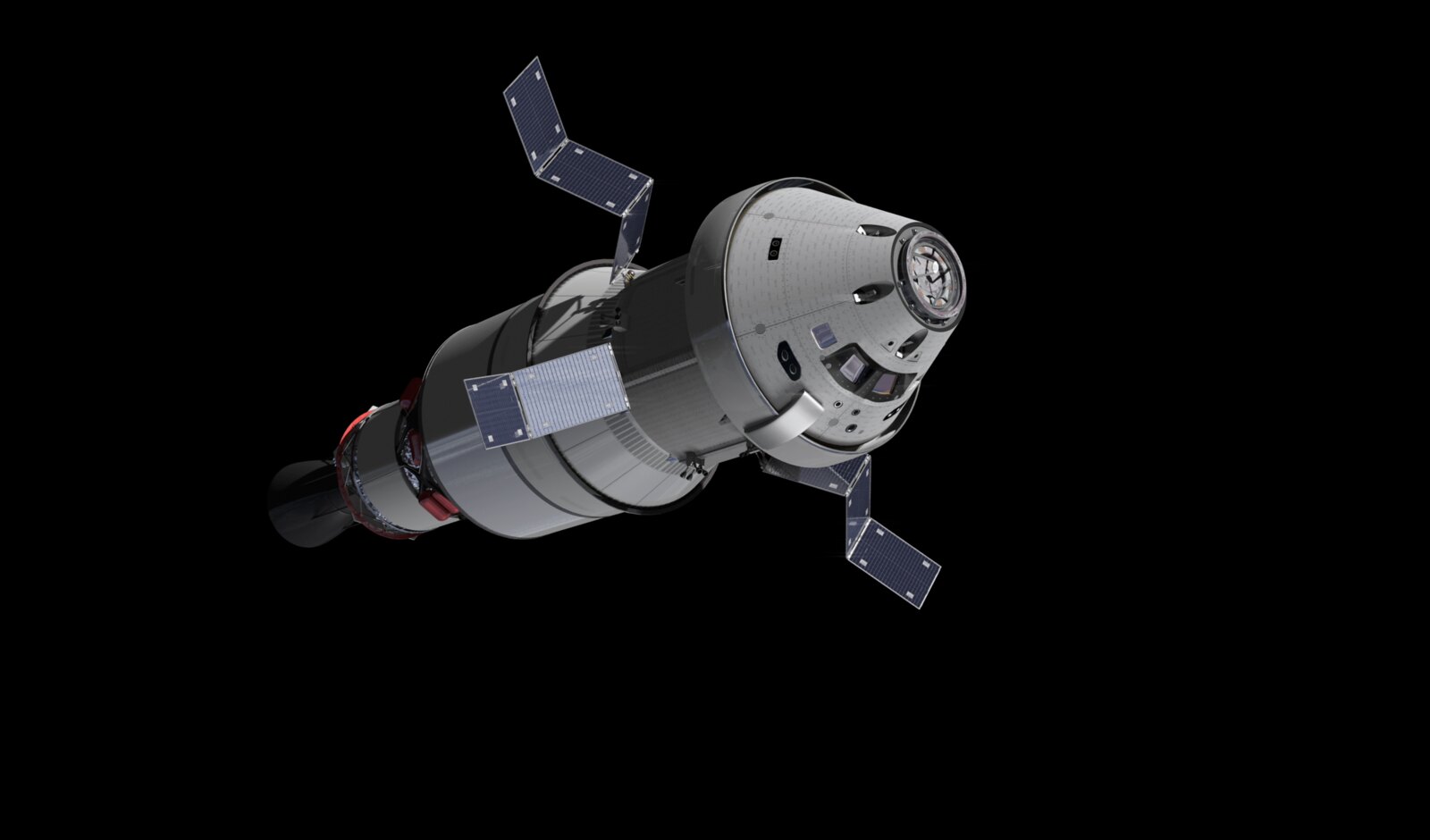
Discussion: no comments